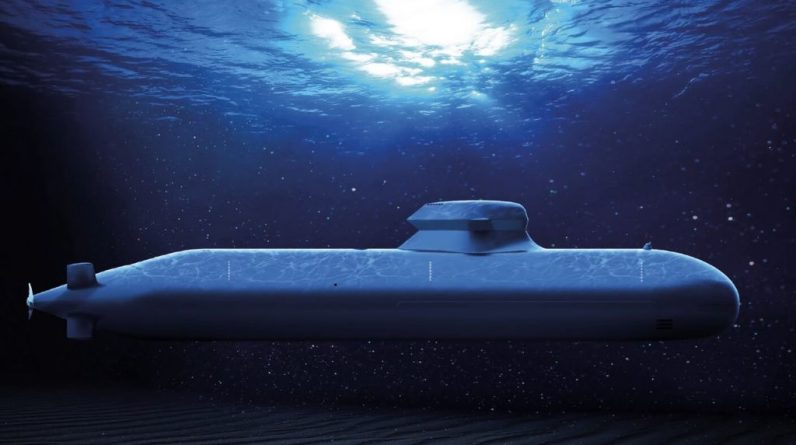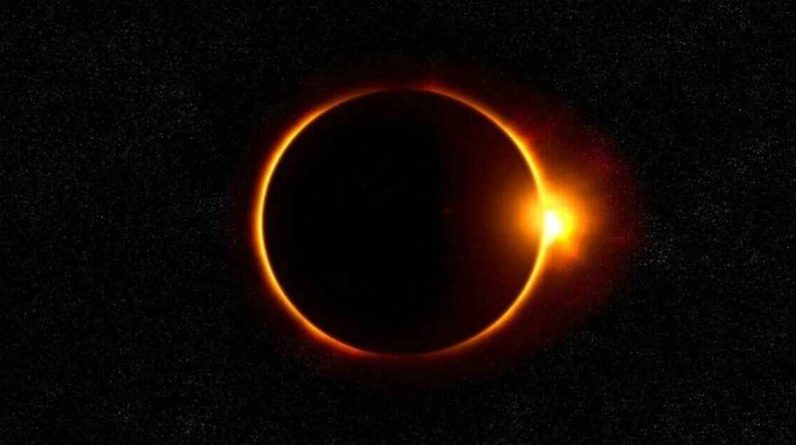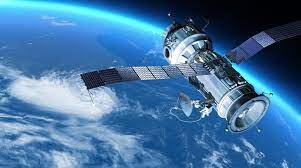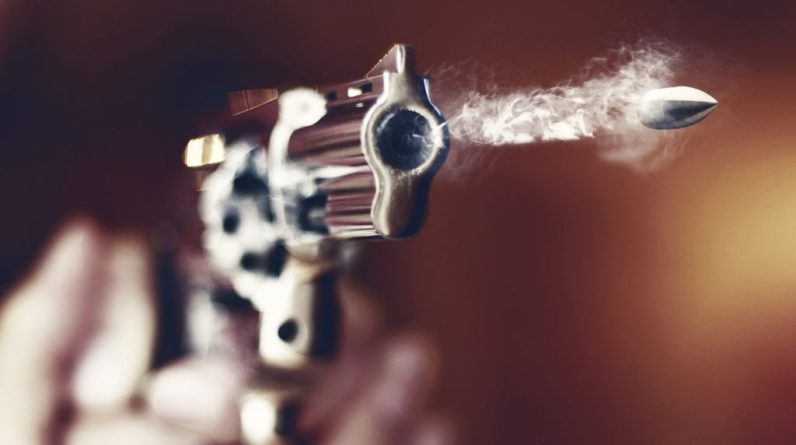
Bullets, the projectiles fired from firearms, have fascinated people for centuries with their incredible speed and impact. Understanding bullet velocity is crucial not only for enthusiasts but also for those concerned with safety and performance. In this article, we will delve into how fast do a bullet travel.

Understanding Bullet Velocity
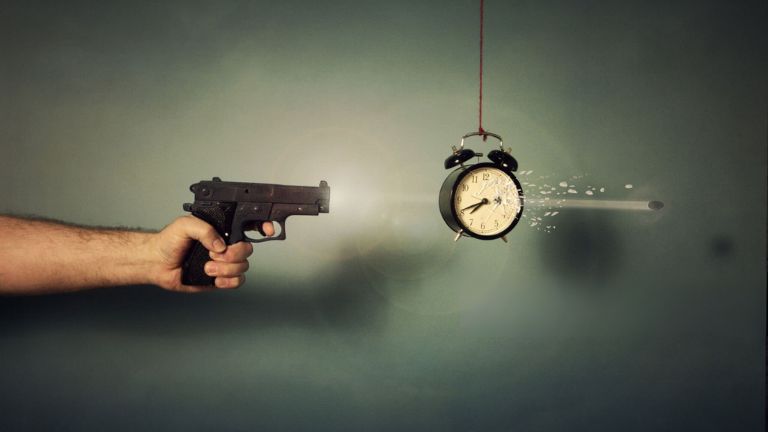
When dealing with the subject of how fast do a bullet travel, there are a few factors that determine how far can a bullet travel:
- Definition of Bullet Velocity
Bullet velocity is typically measured in feet per second (fps) or meters per second (m/s). It represents the initial speed of the bullet as it exits the muzzle of the gun.
- Factors Affecting Bullet Speed
The speed of a bullet is influenced by several factors, including the type of firearm, the ammunition used, the barrel length, and environmental conditions like temperature and altitude.
How Fast do a Bullet Travel
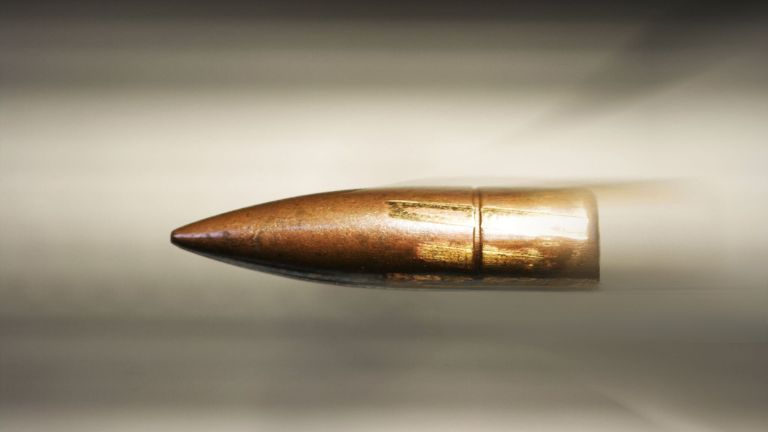
Bullet speeds can vary significantly depending on the type of firearm. Let’s explore the typical velocities for handguns, rifles, and shotguns.
- Handguns
Handguns, designed for short-range use, generally have lower bullet speeds. Most common handgun rounds travel between 700 to 1,200 fps.
- Rifles
Rifles, optimized for accuracy and long-range shooting, have much higher velocities. Standard rifle rounds can travel anywhere from 2,500 to 4,000 fps.
- Shotguns
Shotguns fire multiple projectiles (shot) instead of a single bullet, resulting in lower speeds for each pellet. Shotgun shell speeds range from 1,000 to 1,600 fps.
How Far can a bullet Travel?

The distance a bullet can travel from different firearms can vary significantly based on several factors, including the type of firearm, the caliber of the bullet, the powder charge, the barrel length, and the angle of elevation when fired. Here is some information about how far can a bullet travel:
- Handguns (Pistols and Revolvers)
Typical effective range: Up to 50 meters (165 feet).
Maximum range: Around 2,000 meters (1.2 miles) or more, but accuracy and lethality greatly diminish at longer distances.
- Rifles (Assault Rifles and Hunting Rifles)
Typical effective range: Can vary widely depending on the rifle, but commonly between 300 to 600 meters (984 to 1,968 feet).
Maximum range: Up to several kilometers (a few miles) for some high-powered rifles, but hitting a target accurately at extreme distances is very challenging.
- Sniper Rifles
Typical effective range: 800 to 1,500 meters (0.5 to 0.9 miles) or more.
Maximum range: Several kilometers (a few miles), but hitting targets at these ranges requires advanced skills and specialized equipment.
- Shotguns
Typical effective range: For birdshot and buckshot, about 30 to 50 meters (98 to 164 feet). For slugs, effective range extends up to 100 meters (328 feet).
Maximum range: Around 1,000 meters (0.6 miles) or more for certain specialized slugs, but they are not very accurate at such distances.
- Submachine Guns
Typical effective range: 50 to 200 meters (164 to 656 feet).
Maximum range: Up to 500 meters (0.3 miles), but accuracy diminishes significantly beyond the effective range.
Final Note
When answering the question “how fast do a bullet travel”, speed is a critical aspect of firearms performance, affecting accuracy, trajectory, and stopping power. Understanding the factors influencing bullet velocity can lead to safer and more effective shooting experiences. Whether for sport, hunting, or self-defense, respecting the power and speed of bullets is paramount.


